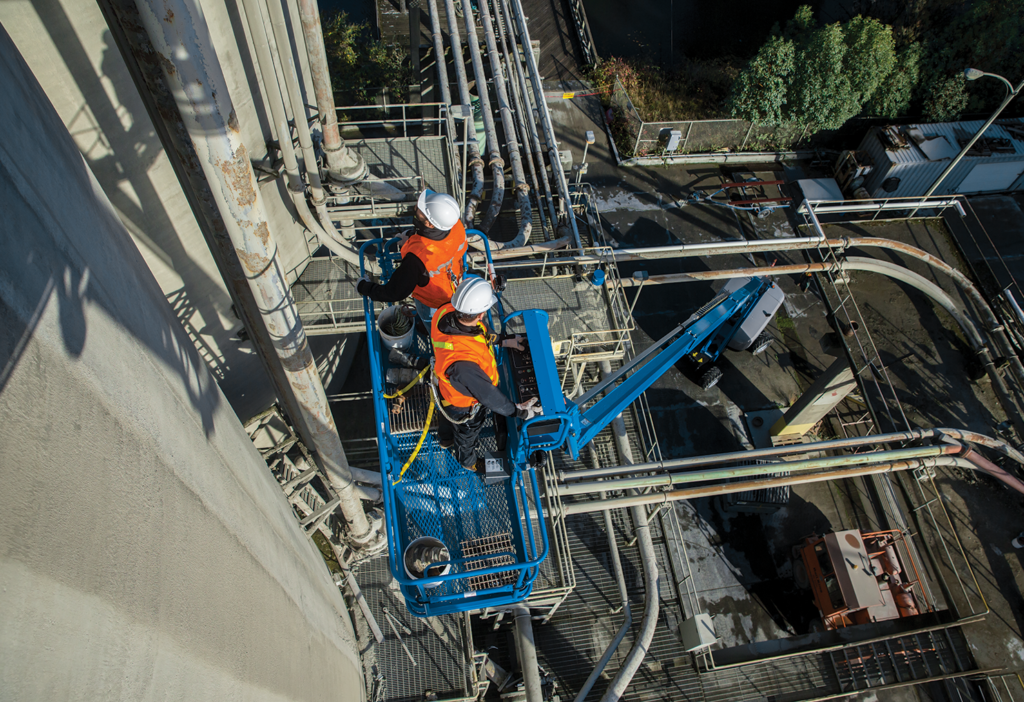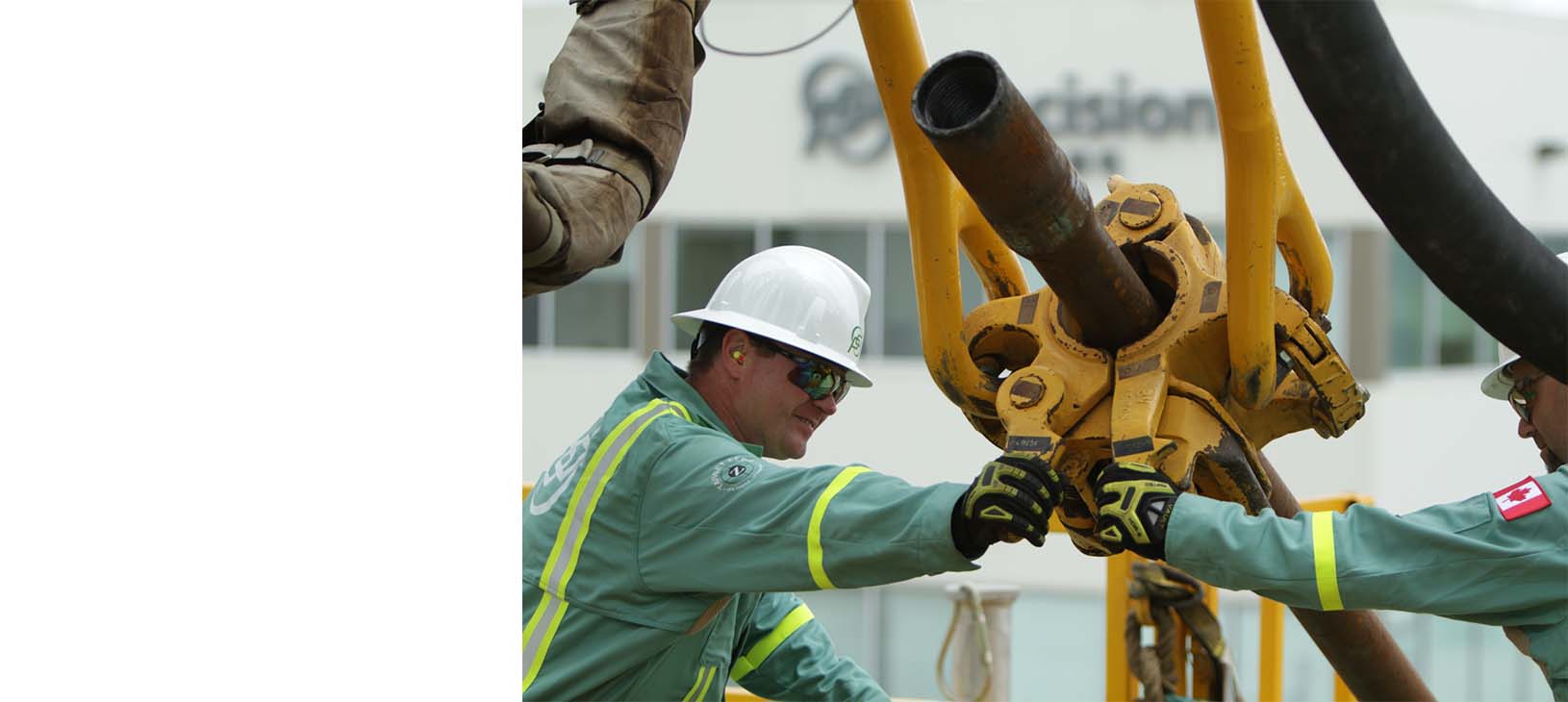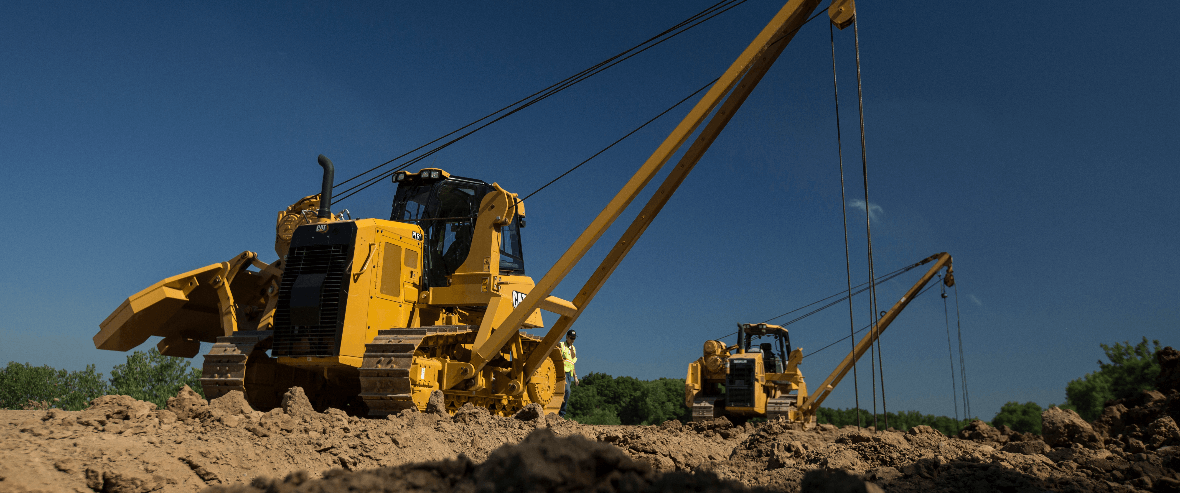Superior Oilfield Rentals oilfield: why it matters
Wiki Article
A Comprehensive Guide to the Different Kinds Of Oil Field Equipment and Pipeline Equipment Available
The oil and gas sector counts heavily on specific devices for reliable removal and transport. Numerous types of machinery, from drilling rigs to tank, play important functions in this complicated process. Each tool offers distinct features that add to overall functional success. Understanding these components is important for anybody entailed in the industry. As the industry evolves, so as well do the innovations that support it. What innovations are on the perspective?
Drilling Rigs: The Backbone of Oil Exploration
Drilling rigs act as the necessary machinery in the domain of oil expedition, allowing companies to accessibility hydrocarbon reserves hidden deep beneath the Planet's surface. These rigs are available in numerous types, including land rigs, offshore rigs, and mobile systems, each made to run in specific environments. Furnished with advanced modern technology, drilling rigs can permeate geological formations with accuracy, ensuring effective source removal. The structural integrity and functional capacities of these rigs are crucial, as they must hold up against severe problems and substantial pressures. The choice of a drilling rig influences the total task price and timeline, making it a vital factor to consider for oil companies looking for to enhance their exploration initiatives and take full advantage of performance in their procedures.Pumps: Important for Liquid Movement
In the oil extraction procedure, the role of pumps is considerable, assisting in the movement of liquids throughout numerous stages of manufacturing. Pumps are important for transporting petroleum, water, and other liquids from underground tanks to the surface area and after that through pipelines to refineries. They are available in different kinds, consisting of centrifugal, favorable variation, and submersible pumps, each serving certain purposes based on the fluid characteristics and functional needs. Centrifugal pumps are typically made use of for their efficiency in high-flow applications, while positive displacement pumps master dealing with viscous liquids. The option of pump impacts total effectiveness, functional security, and maintenance prices. Correct option and maintenance of pumps are vital for maximizing production and decreasing downtime in oil field procedures.Valves: Managing Flow and Pressure

Shutoffs play a vital function in taking care of the circulation and pressure of fluids within oil areas and pipelines. Numerous kinds of shutoffs offer distinct applications, each created to accomplish specific functions basic for reliable operation - Superior Rentals fusion machines. Understanding the qualities and uses of these valves is vital for enhancing system efficiency and security
Kinds of Valves
Vital elements in oil field operations, valves play a vital function in managing the flow and pressure of fluids within pipelines and tools. Numerous kinds of shutoffs are made use of to fulfill the varied requirements of oil and gas production. Common kinds consist of gateway valves, which offer a straight-line flow and very little pressure drop; globe shutoffs, understood for their throttling capabilities; and ball shutoffs, identified for their quick on/off control. Additionally, check valves prevent backflow, while butterfly valves offer a lightweight option for managing flow. Each valve type is made with specific materials and arrangements to hold up against the rough conditions often located in oil fields, guaranteeing integrity and performance in operations. Comprehending these kinds is vital for effective system monitoring.Valve Applications and Features
While various kinds of valves serve distinctive functions, their key applications rotate around controlling circulation and pressure within oil and gas systems. Shutoffs such as gate, world, and ball shutoffs control liquid motion, guaranteeing peak efficiency and safety. Entrance shutoffs are frequently utilized for on/off control, giving very little circulation resistance. Globe valves, on the various other hand, offer accurate circulation policy, making them suitable for throttling applications. Sphere shutoffs are preferred for their fast operation and limited sealing capacities. Furthermore, pressure safety valve are crucial for avoiding system overpressure, protecting devices honesty. Generally, the suitable option and application of shutoffs improve functional effectiveness, guaranteeing the reliable transportation of oil and gas via pipelines and handling facilities.Compressors: Enhancing Gas Transport
Compressors play an essential role in the effective transport of all-natural gas, making certain that it relocates smoothly through pipelines over fars away. These tools raise the stress of gas, allowing it to conquer friction and elevation modifications within the pipeline system. In addition, compressors assist in the harmonizing of supply and need, suiting variations in intake and manufacturing prices. Numerous kinds of compressors are used in the sector, consisting of centrifugal, reciprocating, and rotary screw compressors, each offering unique benefits based upon the functional demands. Normal upkeep of these compressors is important to optimize performance and decrease downtime, inevitably adding to a trustworthy gas transport network. Their important function underscores the importance of compressors in the overall oil and gas infrastructure.Storage Tanks: Safe and Effective Fluid Monitoring
Effective transport of natural gas counts on different support group, among which is the appropriate management of tank. These tanks play a necessary function in safely containing liquids, making certain that functional performance is maintained while reducing environmental risks. Constructed from long lasting products, they are made to stand up to high stress and corrosive components. Properly sized and tactically situated, storage space tanks help with the smooth circulation of natural gas and various other fluids, avoiding traffic jams in supply chains. Normal upkeep and surveillance are crucial to detect leaks or structural issues, advertising security and conformity with governing standards. Ultimately, the effective administration of storage containers is vital for the total stability and reliability of the oil and gas sector's fluid handling systems.
Pipeline Solutions: Framework for Transportation
Pipeline systems function as the foundation of the oil and gas sector, assisting in the effective transport of hydrocarbons over large ranges. These systems include numerous components, consisting of pipes, valves, pumps, and compressors, all thoroughly designed to ensure smooth circulation. The products used in pipeline construction, usually steel or high-density polyethylene, are chosen for sturdiness and resistance to deterioration. Pipeline networks can span across land special info and water, connecting production sites to refineries and distribution. Furthermore, advanced innovation makes it possible for real-time surveillance of circulation rates and stress levels, improving operational effectiveness. The calculated placement of these pipelines reduces environmental impact while optimizing resource availability, consequently playing a crucial role in conference energy demands internationally.Safety Equipment: Ensuring Employee and Environmental Defense
The procedure of pipeline systems, while essential for power transport, likewise presents significant safety and security obstacles for employees and the atmosphere. Security tools plays a considerable function in minimizing these threats. Personal protective equipment (PPE) such as safety helmets, handwear covers, and non-slip shoes safeguards employees from physical risks. In addition, gas detection systems monitor for leakages, making sure that harmful materials do not present a threat to personnel or the surrounding ecosystem. Emergency situation closure systems are imperative for rapidly stopping operations during a dilemma, avoiding possible disasters. Spill containment materials, consisting of absorbents and obstacles, are essential french drainage pipe for minimizing ecological influence. In general, purchasing all-inclusive security equipment is critical for maintaining operational stability and securing both employees and the atmosphere in the oil and gas sector.
Regularly Asked Concerns
Just how Do I Pick the Right Oil Field Equipment for My Project?
Choosing the best oil area devices entails reviewing project specifications, budget constraints, and operational demands. Think about aspects such as devices reliability, compatibility with existing systems, and the vendor's credibility to guarantee peak performance and safety.What Are the Maintenance Needs for Oil Field Equipment?
Upkeep demands for oil field devices consist of normal evaluations, lubrication, and timely repair services. Operators should also comply with manufacturer standards, display efficiency metrics, and warranty conformity with security policies to improve longevity and efficiency.
How Can I Guarantee Conformity With Environmental Rules?
To assure conformity with environmental guidelines, firms must conduct regular audits, execute finest methods, spend in training, preserve appropriate paperwork, and remain upgraded on regulation (Superior Oilfield pipeline equipment rentals). Collaboration with environmental firms can additionally boost adherence to lawsWhat Is the Typical Life Expectancy of Pipeline Equipment?
The typical lifespan of pipeline equipment generally ranges from 20 to half a century, depending on elements such as material top quality, ecological problems, and upkeep techniques. Normal inspections can significantly influence durability and functional performance.How Do I Safely Move Oil Field Equipment to Remote Locations?
Moving oil area equipment to remote areas needs careful preparation, including route analysis, protecting permits, utilizing ideal automobiles, and ensuring security methods web are adhered to. Appropriate training and communication among teams are vital for effective transportation.Report this wiki page